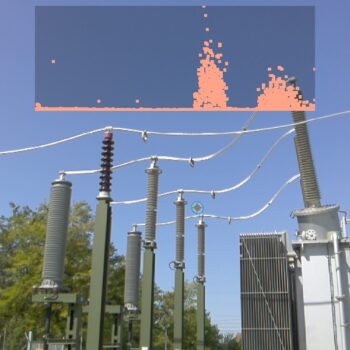
Unbalance of single-phase charging stations
- Posted by Harald
- On 15. July 2024
- 0 Comments
- electric vehicle, single phase charging, Unbalance
If an electric vehicle is charged at home some chargers operate in single phase mode.
Some charging stations allow single-phase charging above the single-phase unbalanced load current limit.
According to TOR the single phase current is limited with 16A in Austria and 20A (VDE-standard) in Germany.
Different voltage levels on the three phases and a shifted neutral point, as well as high neutral currents can occur. Unbalance will increase heating of electrical equipment and shorten their life-time.
Especially single-phase chargers can have a huge impact, while three-phase chargers can also have an effect as they are not perfectly balanced or sometimes only use two-phases for specific charging states. Sometimes one phase is generally not activated for the whole charging process, other charging strategies use the three phases at different times which again leads to temporary unbalanced systems.
Table of Contents
Experiment – Charging with 23Arms

Here an electric vehicle is charged with 23A in single phase mode.
During the experiment the Power Quality Analyzer PQA8000H detected an undervoltage at the office in Zöbern, Austria which is seen in the following diagram:

Due to the unbalanced current the voltage of the loaded phase is dropping (blue). In the low-voltage grid, a voltage drop of up to 10% is permitted. This means that the lower limit is reached at 207V.
Using long extension cables or too low diameter of electrical installation amplifies this effect. The charger won’t start charging or will abort after a short time.




0 Comments